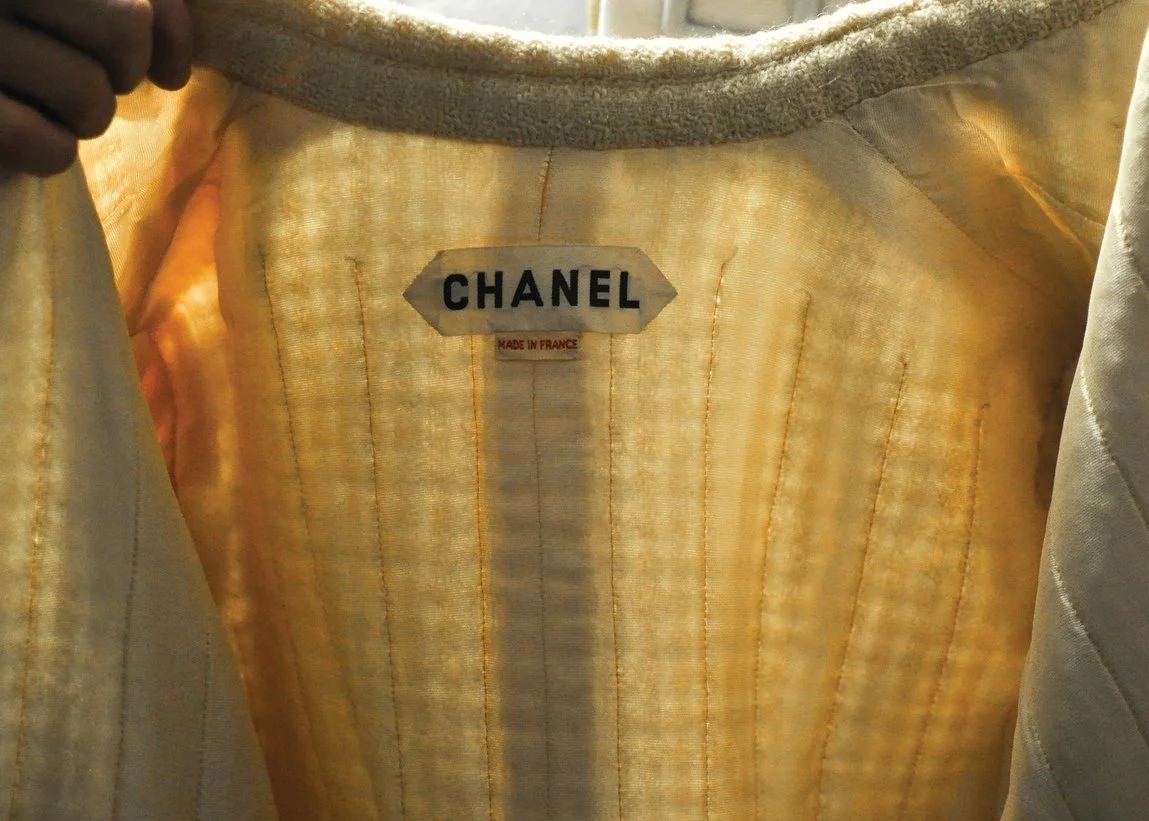Threads of time: the University’s historic clothing collection
Celia Cheng / V Mag at UVA
Tucked away in the University’s Drama building lies a treasure trove of history — not in the form of traditional artifacts, but in fashion. The Historic Clothing Collection is a vast repository of garments that date back to the late 1700s, offering a glimpse into the evolution of style, culture and the University’s history.
The collection was first started in the 1970s by Associate Professor Lois Garren who noticed the Drama department was receiving clothing donations that were simply too precious to be repurposed for stage productions. Over time, Garren curated these pieces into a separate historic archive. Gweneth West, costume designer and drama professor of over 40 years, further expanded the collection. When West left, the position fell to Marcy Linton, an Associate Professor in the drama department who serves as the current Collection Manager.
The collection is filled with boxes of exquisite clothing pieces, including a carefully preserved 1795 waistcoat and a stunning 1950s Jean Dessès Evening Gown, along with designs from historic figures like Christian Dior. Linton described the HCC as a living “time capsule” — an exhibition of how textiles, colors and societal norms change throughout the years, such as the shift from hand-sewn garments to today’s reliance on mass production and synthetic materials.
Beyond fashion trends, the HCC also sparks questions. Why were there women’s swimsuits in Cavalier colors from the 1920s and 1930s when the University only began admitting women in the 1970s? Linton explained that these garments were likely owned by faculty wives or women associated with the university in other ways. The items serve as a reminder of the evolving role of women at the University and in higher education as a whole.
“Every time I go down there, it’s like I’m walking into a Christmas tree and finding more and more amazing things,” Linton said.
Every box in the collection holds a potential surprise, and for Professor Linton, some are particularly memorable. Linton recalled the moment she opened an unmarked box to find a beautiful 1820s dress alongside a pair of infant shoes so small they barely spanned the width of her hand. What made the delicate hand-sewn pair even more unique was the fact that they had straight soles — shoes of that era had no distinction between the left and right foot.
“I mean things like those little, tiny shoes,” Linton said. “When I find them, I will never forget [them] because they’re just so amazing.”
Even with nearly 3,000 pieces, the collection remains a hidden gem due to its limited accessibility. While Professor Linton has received the Provost for the Arts Summary Stipend that has helped her continue her work, at the moment, the exhibition does not have a dedicated space, and many of the collection’s most stunning pieces remain packed away in closets.
Recognizing this issue, Professor Linton has plans to make the collection more accessible. One major aspect is digitizing the collection so that students, researchers and the general public can engage with these pieces online. She’s also working on a book featuring key garments, complete with high-quality photos and short descriptions of their brief history.
Once the digital archive is established, the HCC will expand its reach as a valuable resource for the University and beyond, with students able to actively research garments, manage metadata and conduct object-based research.
“There’s tons of ways that students can be involved once there’s a structure,” Linton said.
Beyond being an impressive display of historical fashion, the collection is deeply tied to the University’s past, with many garments donated by alumni and local community members. One day, current student’s modern pieces might become the subject of study, much like the 1930s dresses and 1980s leather jackets that call the collection home.
